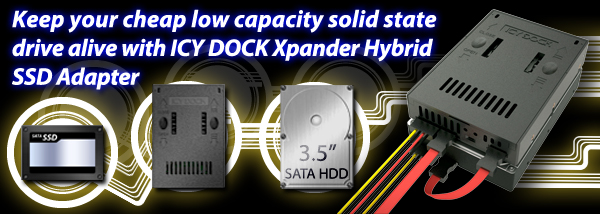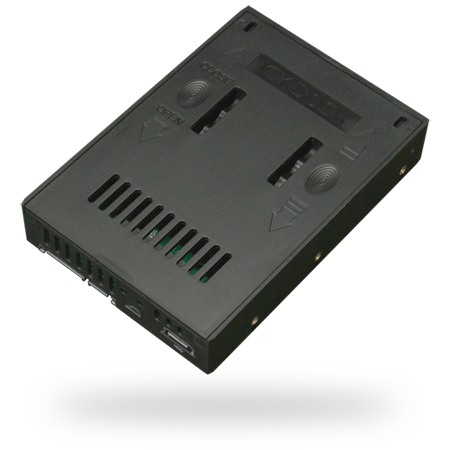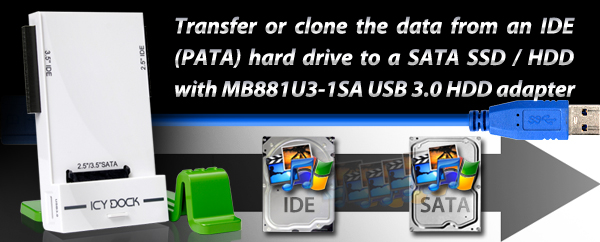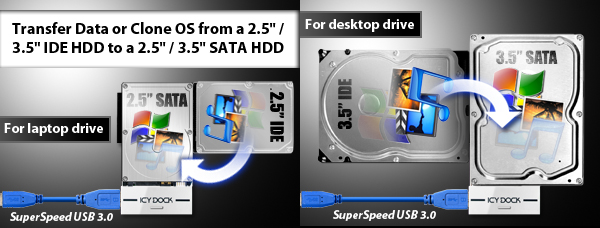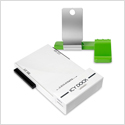The tech community tonight experienced its version of an earthquake.
Steve Jobs has resigned as chief executive officer of Apple (AAPL). The company has promoted chief operating officer Tim Cook to the position of CEO and said that Cook will join the company's board of directors. Jobs will become Apple's chairman.
Here is a copy of Jobs' resignation letter:
Apple board member Art Levinson, chairman of Genentech, issued the following statement on behalf of the Apple board:I have always said if there ever came a day when I could no longer meet my duties and expectations as Apple''s CEO, I would be the first to let you know. Unfortunately, that day has come.I hereby resign as CEO of Apple. I would like to serve, if the Board sees fit, as Chairman of the Board, director and Apple employee.As far as my successor goes, I strongly recommend that we execute our succession plan and name Tim Cook as CEO of Apple.I believe Apple''s brightest and most innovative days are ahead of it. And I look forward to watching and contributing to its success in a new role.I have made some of the best friends of my life at Apple, and I thank you all for the many years of being able to work alongside you.
Steve
"Steve's extraordinary vision and leadership saved Apple and guided it to its position as the world's most innovative and valuable technology company. Steve has made countless contributions to Apple's success, and he has attracted and inspired Apple's immensely creative employees and world class executive team. In his new role as Chairman of the Board, Steve will continue to serve Apple with his unique insights, creativity and inspiration."We have no additional details yet on why Jobs is leaving, although the spot assumption is that it's related to the pancreatic cancer for which he received a liver transplant in 2009 (during which time Cook was in charge). The fact that Jobs is taking over as board chairman, rather than resigning that seat too, would seem to indicate that his condition isn't imminently debilitating -- but there also is a strong possibility that the chairmanship is more symbolic than operational.
Apple shares today traded up $2.58 to close at $376.18 per share. As of 6:53pm, it already had lost $22.18 per share, or 5.9% of its value.
In 2008, Fortune took a close look at Jobs' successor Tim Cook, 'The genius behind Steve.'
The most influential promoter of Steve Jobs' indispensability, of course, is Steve Jobs. But another person who is very much with that program is the one executive who has actually filled in for Jobs as CEO. That would be Tim Cook, Apple's chief operating officer and its interim chief executive for two months in 2004, when Jobs was recovering from cancer surgery.


